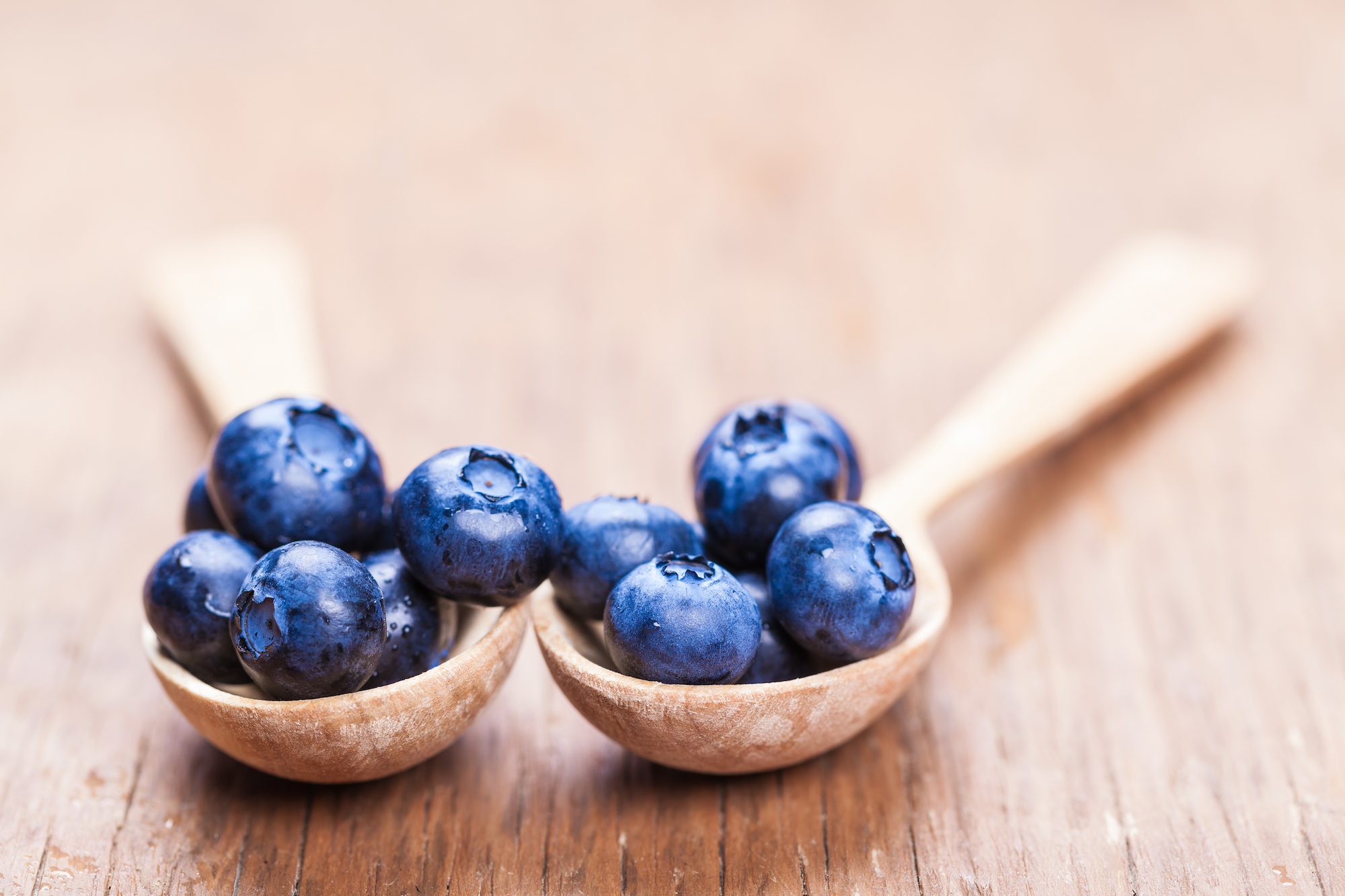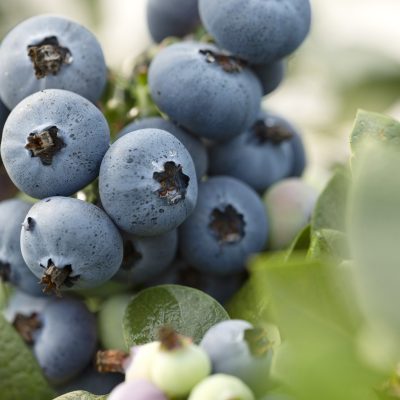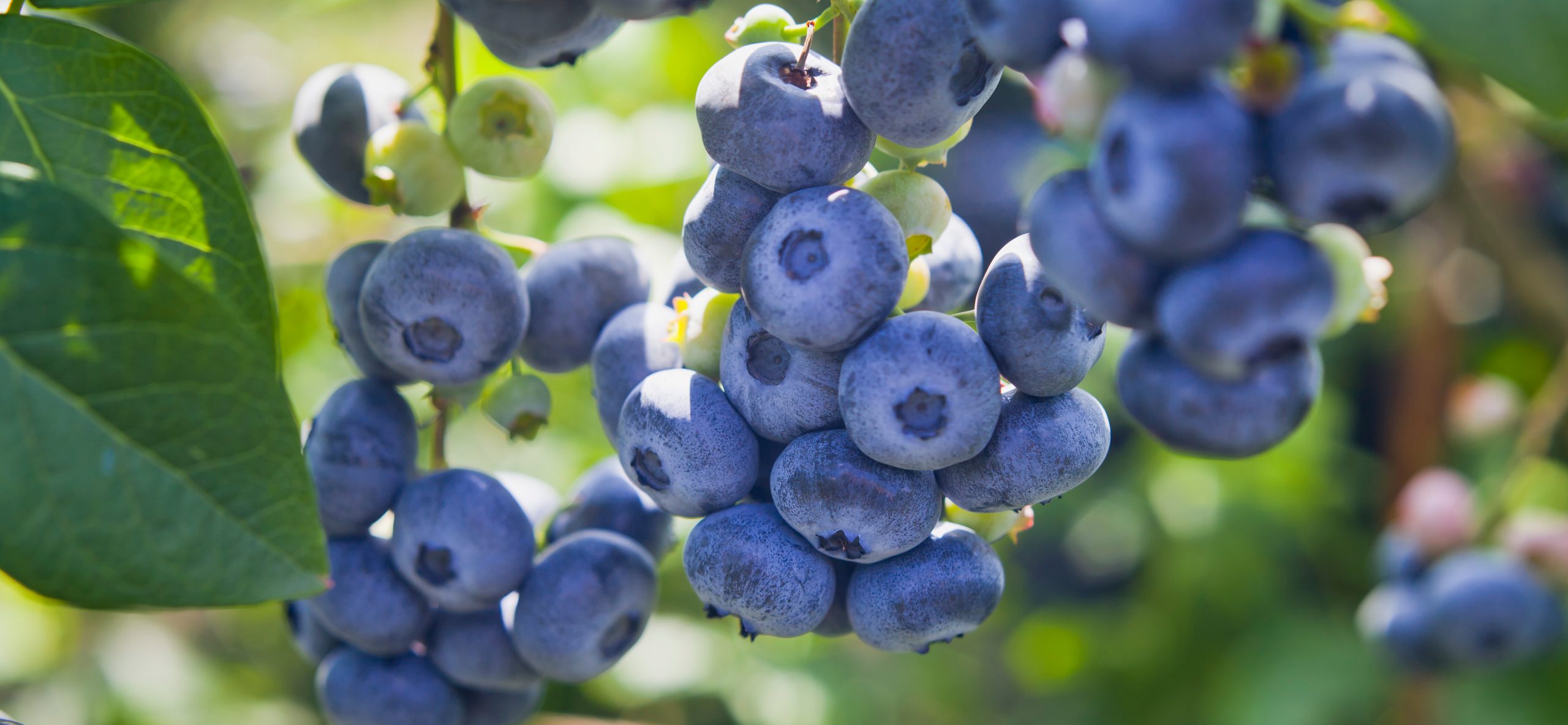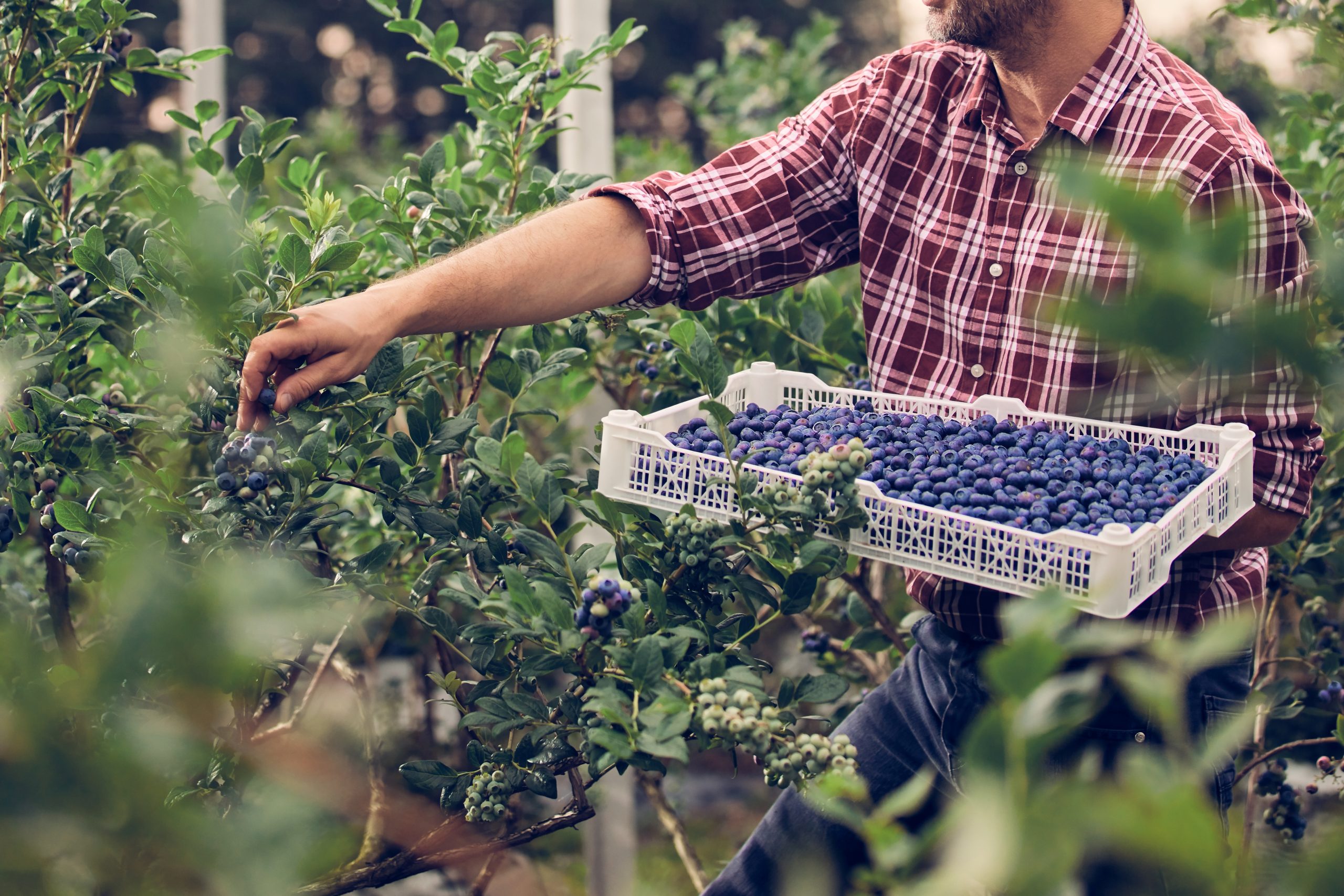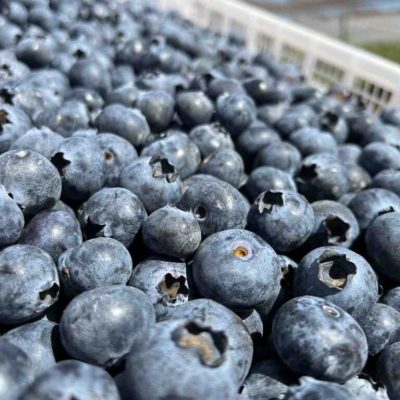Viveros Sunny Ridge presents two new varieties of blueberries for southern Chile
Viveros Sunny Ridge has presented its new varieties of blueberries for the Latin American market, which were developed for regions with different types of climates and soils.
Jorge Nanjari, a representative of the company, shared the characteristics of four licenses for TH varieties from the University of Georgia: TH1321, TH1870, TH1872, and TH944, which correspond to Southern Highbush, with low or very low cold requirements. Their harvest is more concentrated, which allows producers to take advantage of the best price windows in the market and have a lower harvest cost.
These varieties have exceptional flavor and high firmness, very small and dry scars, firm fruit, vigorous growth, and high productivity. In addition, they have shorter flowering and fruiting periods, which is an advantage in places where there is frost, and they are less exposed to fungi, such as Botrytis, a very important factor in the fruit’s post-harvest life.
The TH944 and TH1321 will be destined for Peru, while the TH944, TH1321, and TH1872 for Colombia, and the TH944, TH1321, TH1870, and TH1872 will be destined for Ecuador.
Varieties for southern Chile
Viveros SunnyRidge also presented two varieties for the Chilean industry: MegasBlue and Titanium, which correspond to Northern Highbush and have a high cold requirement, specially designed for the southern part of Chile.
MegasBlue is a variety with a high cold requirement, erect growth, very good vigor, and high productivity (20 to 25 tons per hectare). Its fruit size is large, has a consistent blue color and a good bloom. It has a good flavor and a high level of Brix degrees or sweetness. Its harvest is highly concentrated and it can be mechanically harvested. Its fruit is firm and yields no red berries. It also has a good post-harvest life.
The Titanium variety also has a high cold requirement and it is destined for the southern part of Chile because it resists very low winter temperatures. The size of its fruit fluctuates between 17 and 20 mm. The fruit is light blue, it has an excellent bloom, and doesn’t yield red fruits. It produces a very firm fruit, which allows it to have a long post-harvest life. Its fruit is crispy, has a good level of Brix degrees, and a very good flavor.
“Both varieties are perfect for cold weather conditions, suitable for the area from Chillan to the south, including the southernmost part of the country. We believe they will be a good contribution and a good replacement for other varieties,” Nanjari stated.
03/09/20



